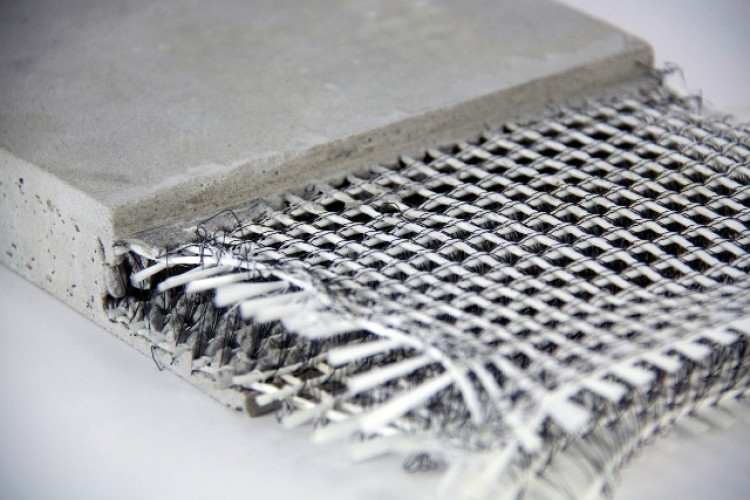High-Performance Composites for Eco-Friendly Building
High-Performance Composites for Eco-Friendly Building
Blog Article
From Waste to Wonder: Exactly How Recycled Composites Are Revolutionizing Different Applications
As industries worldwide are progressively prioritizing sustainability and ecological obligation, the usage of recycled compounds has emerged as a transformative service across various industries. From improving the efficiency of auto components to offering lasting options in building and construction products, the applications of recycled compounds are appealing and large. By repurposing waste products into ingenious composite frameworks, producers are not just minimizing their environmental footprint yet also unlocking a realm of opportunities for producing resilient, efficient, and environment-friendly items. The ramifications of this shift in the direction of reused compounds are extensive, proclaiming a new age of lasting techniques and technical innovations that are reshaping sectors in unforeseen means (composites).
The Rise of Recycled Compounds
The enhancing fostering of recycled composites in numerous industries shows an expanding acknowledgment of their financial and ecological benefits. Recycled composites, stemmed from products such as redeemed carbon fiber or recycled plastics, use a lasting option to traditional materials without compromising on performance. Industries varying from automotive and construction to aerospace and consumer items are increasingly transforming to recycled compounds to fulfill their manufacturing demands.
One trick motorist behind the increase of recycled composites is the press in the direction of sustainability and eco-friendliness. Firms are under boosting pressure to lower their carbon footprint and decrease waste generation. Recycled composites give a remedy by utilizing products that would otherwise wind up in landfills, thus advertising a round economic climate.
Furthermore, the financial benefits of using recycled composites can not be overlooked. These materials are often extra affordable than their virgin equivalents, offering companies a method to decrease manufacturing costs without sacrificing top quality. As improvements in recycling modern technologies remain to boost, the fostering of recycled composites is expected to additional rise across varied industries.
Benefits in Automotive Market

Lasting Solutions in Construction
Incorporating sustainable practices in building and construction tasks is essential for decreasing ecological impact and promoting long-lasting viability in the built setting. With the building industry being just one of the biggest contributors to carbon discharges and waste generation around the world, the adoption of lasting remedies is important in alleviating these unfavorable impacts. Recycled compounds are playing a substantial duty in changing building and construction techniques by using a more environment-friendly option to conventional structure materials.
Recycled composites, originated from materials such as reclaimed rubber, plastic, and wood, supply a lasting alternative for different building and construction applications. These materials not just help in minimizing waste but likewise provide toughness, longevity, and convenience comparable to conventional building products. By incorporating recycled compounds right into building layouts, construction projects can add to resource preservation and energy efficiency while maintaining high efficiency requirements.
Additionally, the usage of recycled compounds in construction straightens with the growing demand for environment-friendly buildings and sustainable framework. As ecological guidelines become more stringent and the emphasis on sustainability intensifies, the building and construction sector is progressively transforming to recycled compounds as a practical remedy for developing eco-conscious buildings and frameworks.
Eco-Friendly Innovations in Product Packaging
Eco-friendly products such as mushroom packaging, seaweed-based films, and compostable plastics use appealing remedies to the plastic air pollution dilemma. These ingenious products not just decay naturally, reducing ecological influence, but likewise supply similar performance and resilience to typical packaging choices.
In addition, the combination of recycled materials into packaging production processes further boosts sustainability efforts. By including post-consumer important site recycled material, business can reduce the demand for virgin products, conserve natural sources, and advertise a round economy in the packaging market.
Transforming Textiles With Recycled Composites
In the world of lasting materials, the focus currently moves towards transforming textiles with the cutting-edge use recycled composites. This development in fabric manufacturing is driven by the pushing requirement for even more environment-friendly techniques in the style and textile markets. Recycled compounds provide an encouraging service by incorporating products like plastics, carbon fiber, and glass fiber to develop durable and flexible fabrics.
One of the essential advantages of making use of recycled composites in fabrics is the ability to repurpose waste materials that would or else end up in garbage dumps. By integrating recycled aspects right into materials, makers can lower their ecological effect and add to a more circular economic climate - composites. Additionally, fabrics made from recycled composites often exhibit enhanced strength, resilience, and efficiency characteristics, making them perfect for a variety of applications
As customer need for sustainable products remains to increase, the fostering of recycled composites in textiles is positioned to expand considerably. This change in the direction of even more eco-friendly fabric manufacturing not only profits the planet yet also opens brand-new chances for advancement and creative thinking in the style and textile sectors.
Verdict

From boosting the efficiency of automotive parts to offering sustainable options in building and construction products, the applications of recycled composites are encouraging and large. Recycled compounds, obtained from materials such as reclaimed carbon fiber or recycled plastics, offer a sustainable alternative to standard materials without compromising on efficiency. Furthermore, the use of recycled compounds advertises the circular economic situation by diverting waste from landfills and lowering the demand for virgin raw try this website materials - composites.Recycled compounds, obtained from products such as recovered timber, rubber, and plastic, offer a lasting choice for numerous construction applications.In the realm of lasting materials, the emphasis currently shifts in the direction of changing fabrics with the cutting-edge use of recycled composites
Report this page